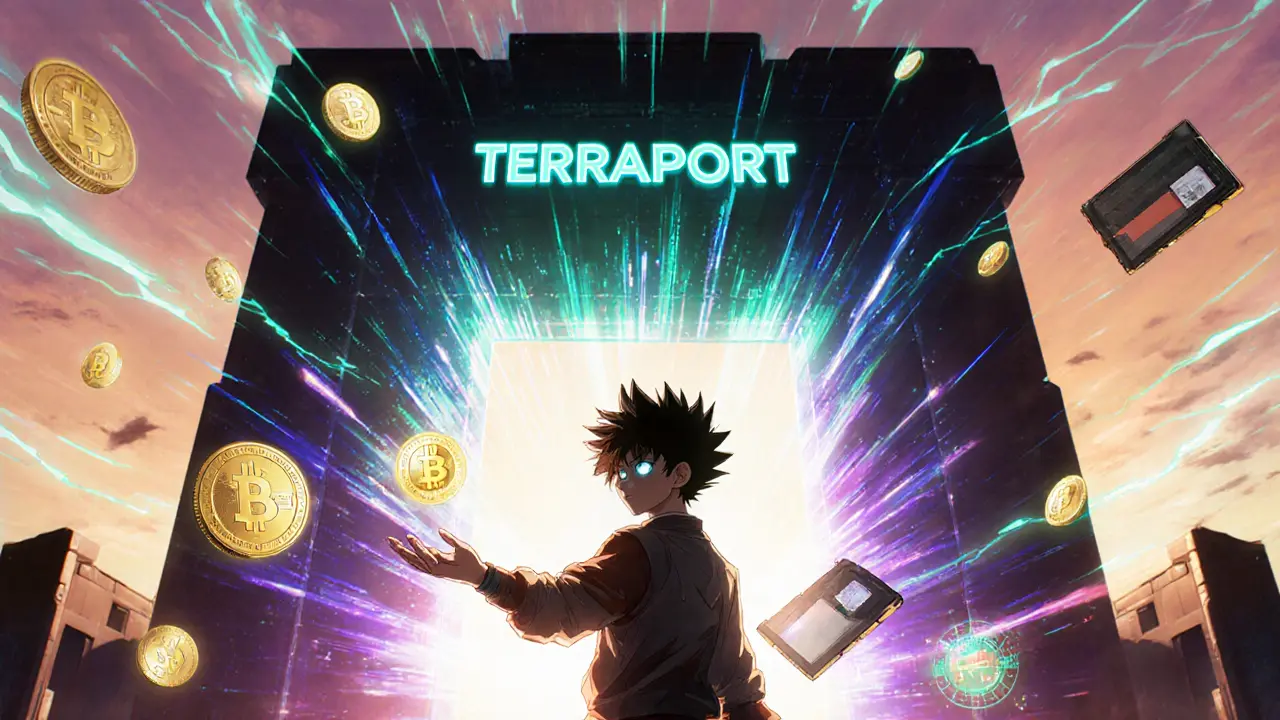

When working with Terra Classic, the original Terra blockchain that survived the 2022 crash and now runs under the LUNC token. Also known as LUNC, it continues to power a community‑driven network of stablecoins, DeFi decentralized finance apps built on its smart‑contract layer, and occasional crypto airdrop free token giveaways that reward active users. In short, Terra Classic encompasses the legacy codebase, a reborn token economy, and a vibrant developer scene.
One of the first things newcomers notice is the tight link between Terra Classic and LUNC the native utility token that replaced the original LUNA after the crash. LUNC supplies staking rewards, governance votes, and the backing for several algorithmic stablecoins that still operate on the network. Because LUNC influences the price of those stablecoins, the token essentially drives the whole ecosystem. At the same time, the broader Terra blockchain the underlying layer‑1 protocol that hosts smart contracts and token bridges offers fast, low‑cost transactions, which makes it attractive for developers looking to launch new DeFi products or launch airdrop campaigns. This relationship creates a feedback loop: more DeFi projects boost LUNC demand, and higher LUNC demand funds more innovation on the Terra blockchain.
The community behind Terra Classic is a good example of resilience in crypto. After the 2022 collapse, a grassroots effort rebuilt the network, re‑minted the LUNC token, and started a series of governance proposals to protect users. Today, Terra Classic requires active participation from holders who vote on proposals ranging from fee adjustments to new stablecoin launches. Those votes directly affect the network’s security and growth, which means anyone holding LUNC has a real stake in decision‑making. This governance model also shapes the airdrop landscape: projects often reward voters with token drops, creating a direct link between community engagement and financial incentives.
Speaking of airdrops, the Terra Classic space has seen several notable examples. Projects like Evanesco Network and Arche Network have announced airdrop plans that specifically target LUNC holders. These drops usually require users to complete simple tasks – staking a certain amount of LUNC, joining a Discord community, or completing a KYC check. Because the airdrops are tied to the Terra Classic ecosystem, they act as a catalyst for new users to explore DeFi apps, test stablecoins, and become part of the governance process. In other words, a crypto airdrop influences both token distribution and the health of the underlying network.
From a practical standpoint, anyone interested in Terra Classic should keep an eye on three key aspects: the price and staking yield of LUNC, the rollout schedule of new DeFi protocols on the Terra blockchain, and the announcement calendars of upcoming airdrops. Monitoring these signals helps you spot opportunities early – whether that’s maximizing staking rewards, jumping into a new stablecoin before it gains traction, or preparing for a token giveaway that could boost your portfolio.
Below you’ll find a curated selection of articles that dig into each of these areas. We cover everything from LUNC price analysis and staking strategies to deep dives on Terra‑based DeFi projects and step‑by‑step guides on how to claim the latest airdrops. Use this collection as a roadmap to navigate Terra Classic’s evolving landscape and make informed decisions without wading through scattered info.

Terraport (TERRA) is a Terra Classic‑based DeFi platform. Learn its purpose, tokenomics, features, security, how to buy, and key risks in this comprehensive guide.